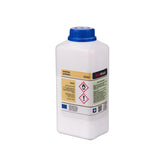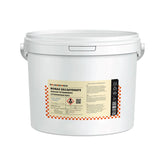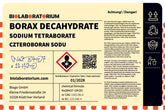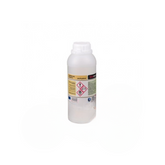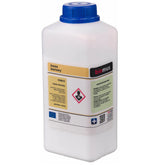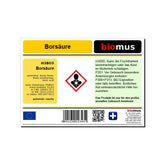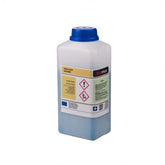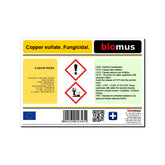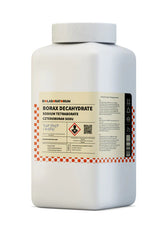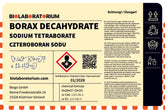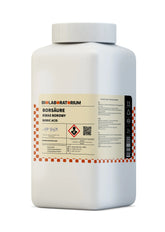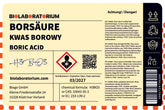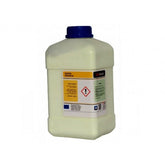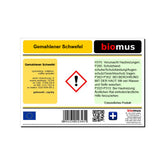Evans Blue – Properties, Laboratory Applications, and Safety
Evans blue is a versatile dye used in numerous laboratory applications. In this blog post, we will take a closer look at the key properties, uses, and safety aspects of Evans blue.
What is Evans blue?
Evans blue, also known as Direct Blue 53 or CI Direct Blue 8, is a synthetic azo dye first developed in 1916 by the American chemist Herbert D. Evans. The dye is characterized by an intense blue color and is used in various fields, particularly in biochemistry and medicine.
Properties of Evans blue
Evans blue is a water-soluble, crystalline solid that takes on a deep blue color in water. The dye is relatively stable to light, acids, and bases, which makes it suitable for many applications. Furthermore, Evans blue has a high affinity for proteins and can therefore be used for staining and labeling biomolecules.
An important property of Evans blue is its ability to bind albumin. Albumin is the most abundant protein in blood plasma and plays an important role in the body's fluid balance. By binding to albumin, Evans blue can be used as a tracer for measuring blood volume or vascular permeability.
In addition to its albumin-binding property, Evans blue also shows affinity for other biomolecules such as cell membranes, nucleic acids, and carbohydrates. These properties make the dye interesting for various applications in biochemistry and cell biology.
Laboratory applications of Evans blue
Evans blue is used in numerous laboratory applications. Some of the most important areas of use are:
Blood Volume Measurement
Due to its binding to albumin, Evans blue can be used to determine blood volume. By injecting the dye into the bloodstream and subsequently measuring the dye concentration in the blood, the blood volume can be calculated. This method is frequently used in medicine and veterinary medicine.
Protein Staining
Evans blue can be used for staining and labeling proteins. By binding to proteins, the dye changes their absorption spectrum, allowing for easy detection and quantification. This technique is used in electrophoresis, Western blot analysis, and other protein biochemical methods.
Cell Biology Applications
Due to its affinity for cell membranes and nucleic acids, Evans blue can also be used in cell biology. The dye can be used to stain cells, cell nuclei, or organelles to make them microscopically visible.
Histological Staining
In histology, Evans blue is used to stain tissue or organ structures. The dye binds to various tissue components, thus enabling a detailed representation of morphology.
Analytical Applications
Evans blue is also used in analytical procedures, for example for quantifying proteins or albumin in fluids such as blood, urine, or cell culture media.
Safety and Handling of Evans Blue
Although Evans blue is used in many laboratory applications, it is important to observe safety aspects. The dye is classified as safe for health, but some precautions should be taken when handling:
- Avoid direct skin contact and inhalation of Evans blue dust.
- Wear protective gloves and safety glasses when working with the dye.
- Perform work with Evans blue in a well-ventilated area.
- Dispose of Evans blue-containing waste according to applicable chemical waste guidelines.
- Inform yourself about the current safety data sheets and guidelines of your laboratory or company.
By following these safety measures, you can minimize the risks when using Evans blue and protect the health of employees.
Conclusion
Evans blue is a versatile dye with numerous applications in laboratories and research. Its properties such as albumin binding, protein staining, and cell labeling make it a valuable tool in biochemistry, cell biology, and medicine. However, when handling Evans blue, appropriate safety aspects should be considered to avoid health risks.
